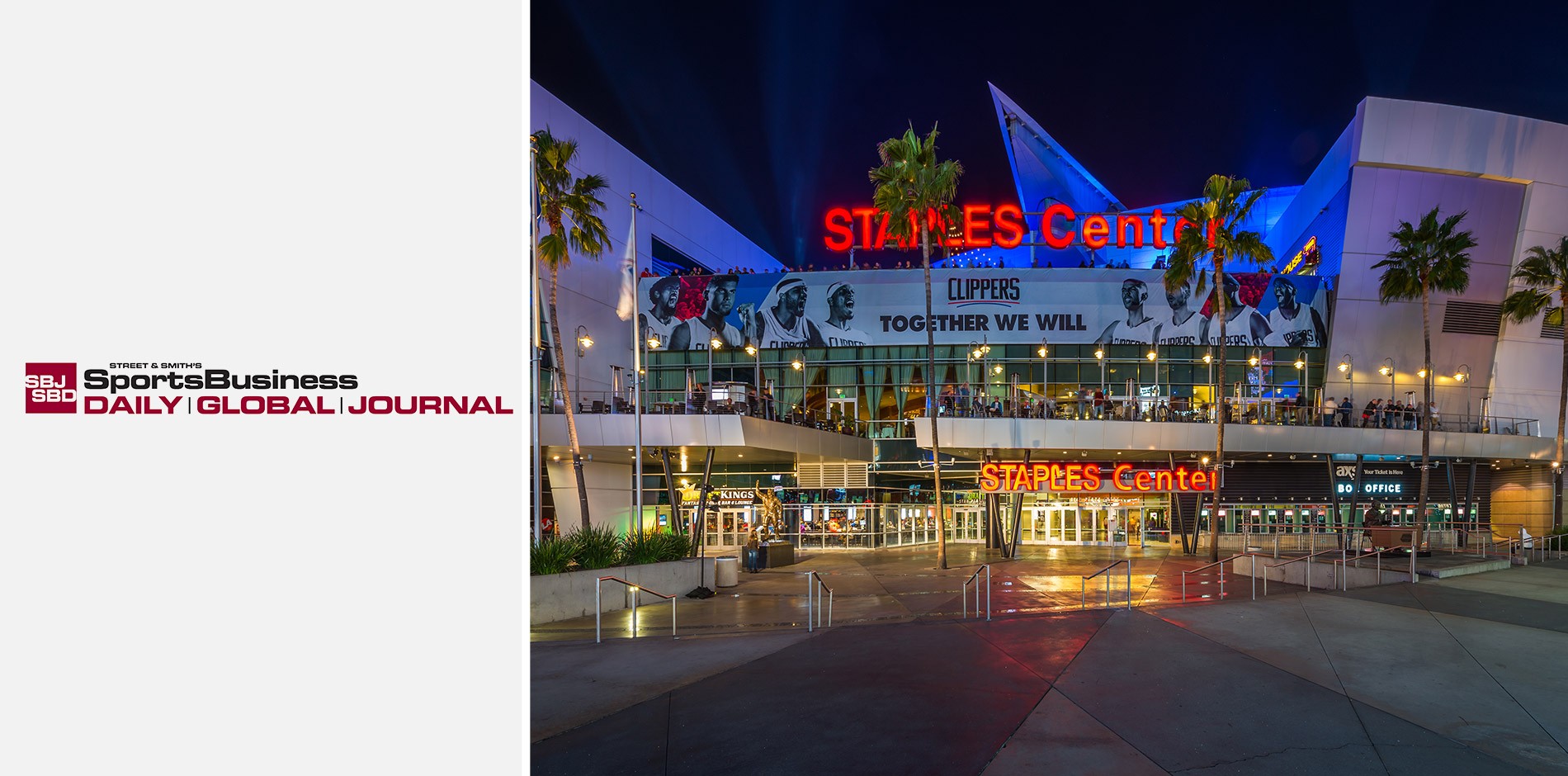Excerpt from Sports Business Journal
Revenue opportunities are popping up at arenas and stadiums.
While the footprint of today’s facilities keeps growing to maximize programming needs, there never seems to be enough space to accommodate fans and sponsors, which can hamper efforts to grow revenue.
Enter pop-ups, defined in the sports world as temporary seating and hospitality spaces that quickly go up and come back down depending on the event. These temporary spaces meet the needs of premium patrons as teams diversify their seating products.
You will find the concept in play at arenas such as Staples Center that have multiple tenants and calendars packed with events. The revolving door of activity keeps the Los Angeles arena constantly in transition, leading facility owner/operator AEG and the Los Angeles Clippers to find a temporary solution to develop new amenities for some of their highest-paying customers.
In other instances, buildings such as Barclays Center go through retrofits to accommodate a second sport. Making the adjustment for NHL games resulted in prime pop-up seats for the New York Islanders after the team relocated to Brooklyn last fall.
A vintage building such as Los Angeles Memorial Coliseum lacks the suites and clubs common at much newer stadiums, so pop-up structures fill a niche for college football fans willing to pay for a premium experience in a temporary setting.
Even for roomy racetracks, with large gaps between events and where pop-up hospitality is a standard feature on race day, venues such as Circuit of the Americas are creating even more temporary destinations to bring additional value within their sprawling properties.
On the sponsorship side, pop-ups provide automakers Audi, Honda and Lexus, and energy drink Red Bull, greater exposure through naming rights and product displays, whether they’re separate deals or add-ons as part of renewing their deals.
“I see the trend increasing,” said Terry McIntyre, Shawmut Design and Construction’s director of business development. “On their own, arenas don’t have as much real estate as stadiums, and it’s another way to drive income by creating something that you can tear down and use the space for something else at another event.”
